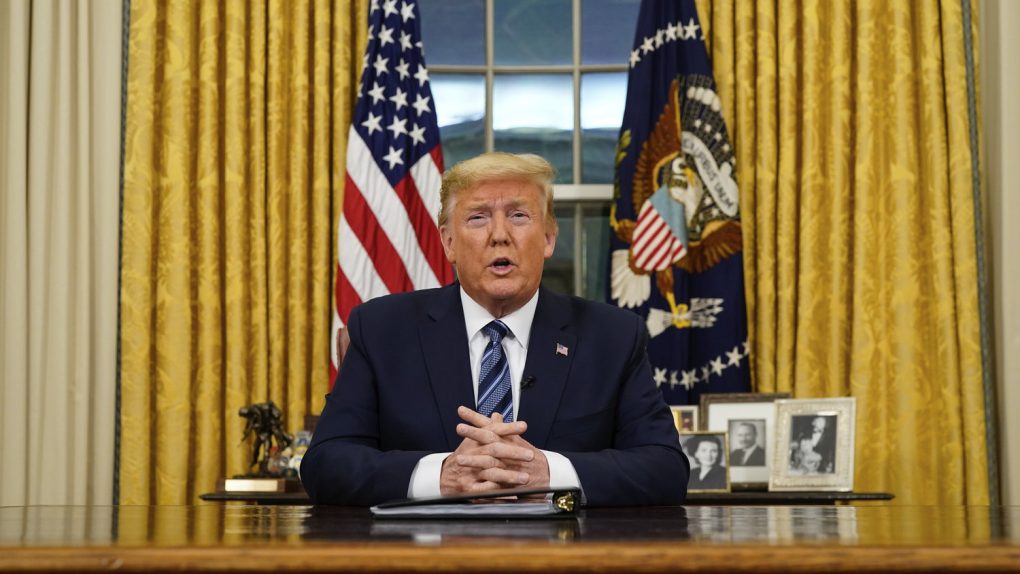- President Trump declares state of emergency and the signing of the Stafford Act over coronavirus pandemic.
- This move frees up billions of dollars for disaster relief and mobilizes FEMA to the hardest-hit areas.
- Visit BGR’s homepage for more stories.
President Donald Trump has announced a nationwide state of emergency due to the coronavirus COVID-19 pandemic. Speaking from the White House, Trump held a press event this afternoon to make the announcement. The decision to declare a nationwide emergency comes in the wake of new coronavirus cases popping up across the country on a daily basis, despite a shortage of testing.
The US government has come under increasing scrutiny over its response to the pandemic. Tests used to confirm the infection in patients have been hard to come by, with many doctors sounding their displeasure at the lack of supplies.
First beginning in China, the coronavirus quickly spread outside of the country. Appearing in the United States just weeks after its first detection in China, the virus has rapidly spread to the majority of states. Confirmed cases are still relatively low, but that’s almost certainly due to the lack of testing. In fact, the CDC ran fewer tests this week than last week, which is unheard of in the face of such a crisis.
Now, with sports leagues shutting down, mass school closures, and a stock market teetering on the brink of a catastrophic dive, the declaration of a nationwide emergency seems more than appropriate. The question remains, however, just how much this will change the government’s response to the crisis.
The declaration of emergency and the signing of the Stafford Act will unlock some new options for the government, including directing aid from the Federal Emergency Management Agency to the areas that need it most. Additionally, it would free up billions of dollars to fight the pandemic and provide relief for struggling regions. Ideally, it would lead to the rapid distribution of testing kits and new options for testing individuals so that health officials can gauge the true scope of the pandemic.
Health officials in some states, such as Ohio, believe that the true number of infections has already passed 100,000 in their state alone. If that’s true, we’re rapidly approaching a point where nationwide measures will have to be taken, such as mandatory school closings and perhaps even a nationwide lockdown in some form.
Health experts have recommended social distancing and sanitary routines, but with how rapidly the disease appears to be spreading, these measures can only help to a certain degree. Slowing the spread of the virus and “flattening the curve” of the infection will allow healthcare systems to better handle the outbreak, but right now it’s unclear what the future holds. Lockdowns and closures help, but we’re in uncharted territory, and we’re all in this together.








